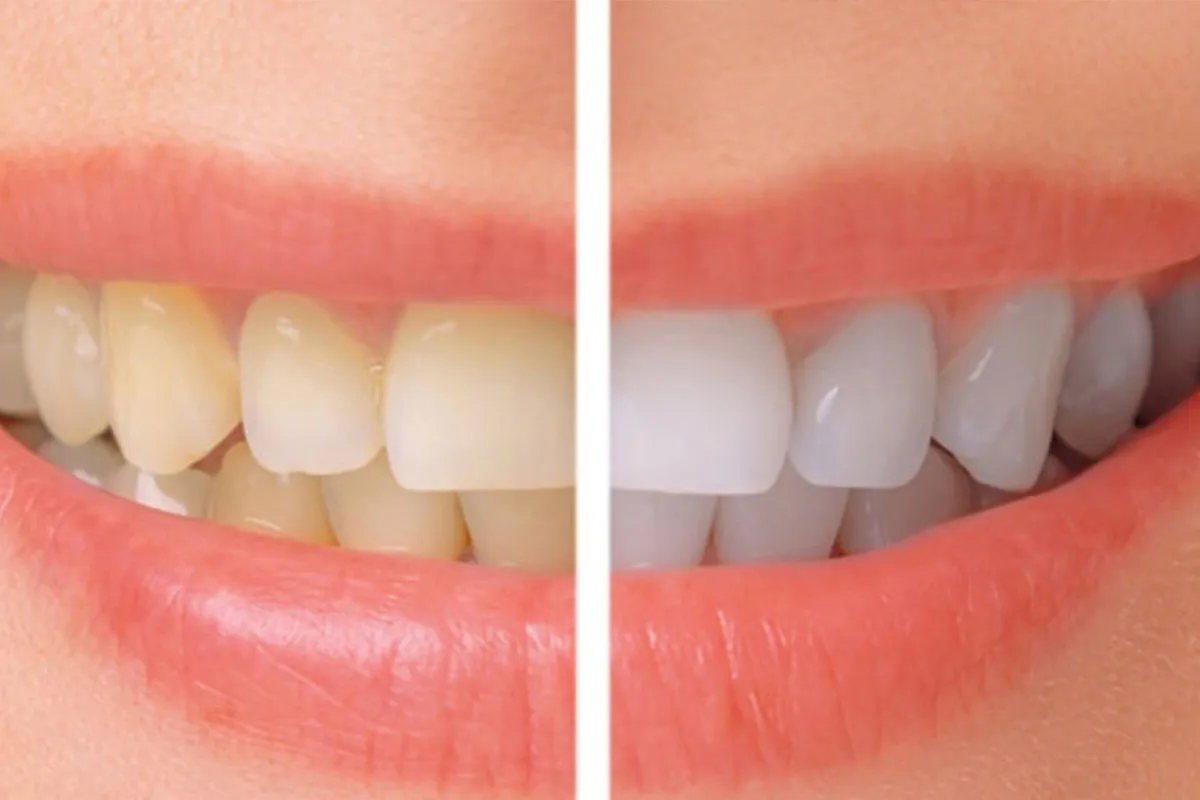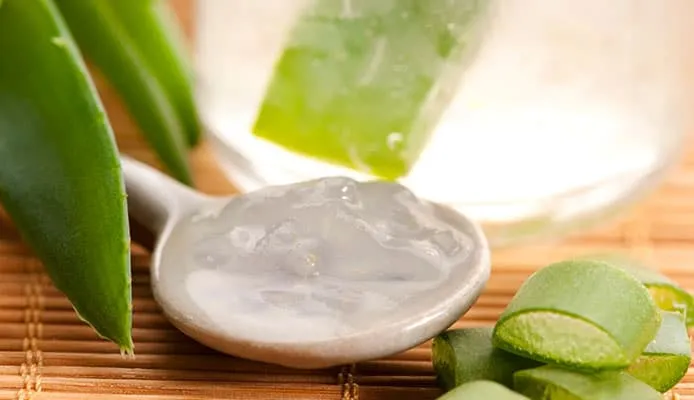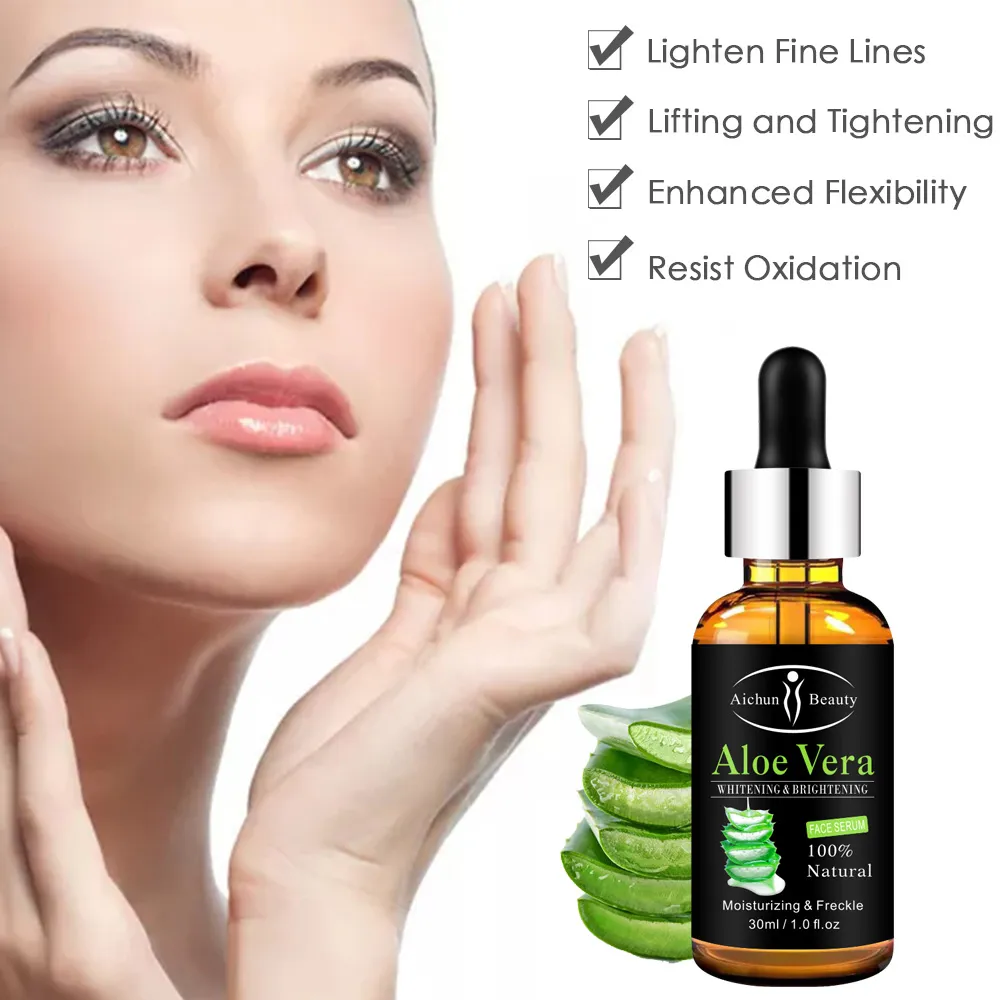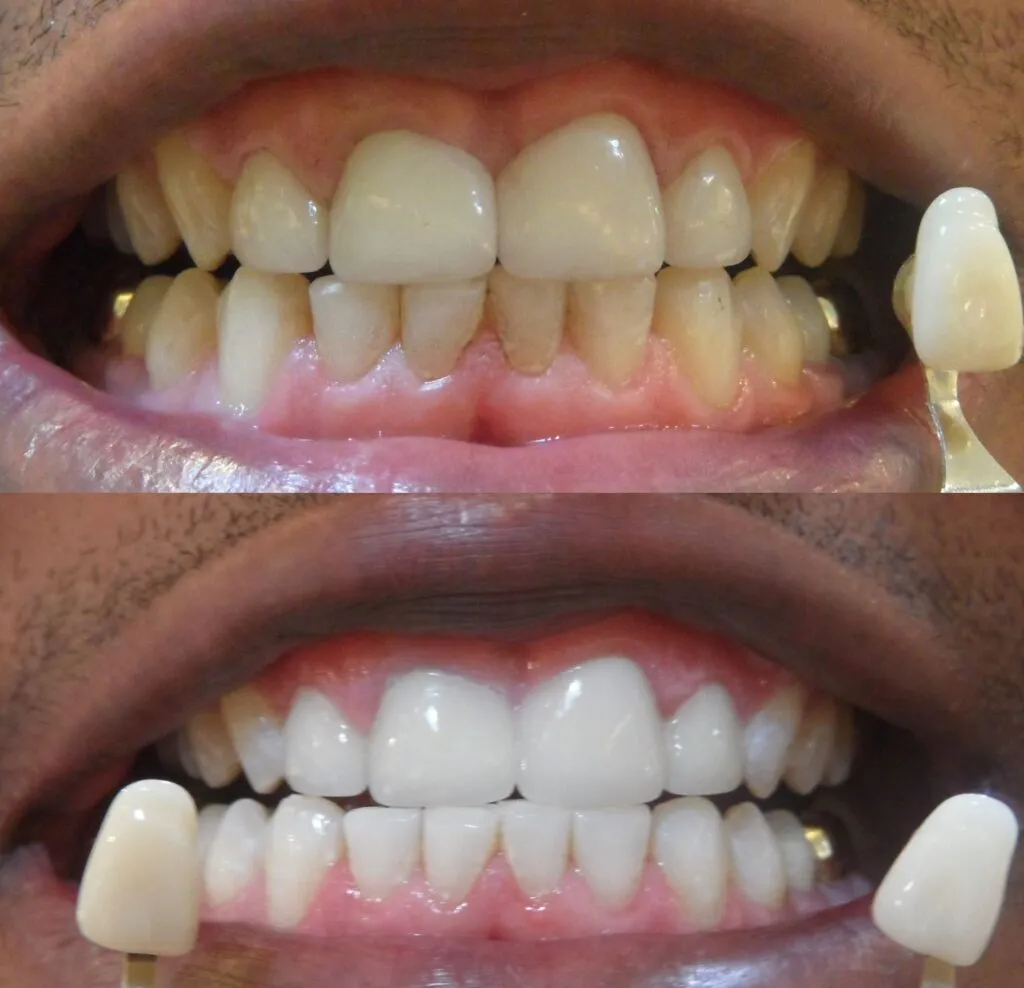The Power of Aloe Vera for Teeth Whitening
In the quest for a brighter, more confident smile, numerous teeth whitening methods have emerged. Among them, natural remedies like aloe vera have gained attention. Aloe vera, known for its soothing and healing properties, is now explored for its potential to whiten teeth. This article delves into the secrets of aloe vera for teeth whitening, exploring its benefits, how to use it effectively, and what to expect. Discover how this natural ingredient can contribute to a healthier, more radiant smile.
What is Aloe Vera and Why Does it Matter
Aloe vera is a succulent plant, native to the Arabian Peninsula, and has been used for centuries for its medicinal properties. The clear gel inside the leaves is rich in vitamins, minerals, and antioxidants, which contribute to its soothing and healing effects. In the context of oral health, aloe vera’s anti-inflammatory, antibacterial, and soothing properties make it an intriguing option for teeth whitening and overall dental hygiene. Its natural composition offers a gentle yet potentially effective approach to achieving a brighter smile.
The Composition of Aloe Vera

Aloe vera gel contains over 75 active components, including vitamins (A, C, E, B12), minerals (calcium, magnesium, zinc), enzymes, and amino acids. These elements work synergistically to provide various health benefits. The polysaccharides in aloe vera are known for their ability to soothe tissues, reduce inflammation, and promote healing. Additionally, compounds like saponins have cleansing and antiseptic properties. These unique properties make aloe vera a versatile ingredient for various applications, including skin care, wound healing, and, potentially, teeth whitening.
Aloe Vera’s Natural Whitening Properties
Aloe vera’s role in teeth whitening stems from its natural cleansing and anti-inflammatory properties. While not a direct bleaching agent like some chemical treatments, aloe vera can help remove surface stains and plaque, which can make teeth appear brighter. Its antibacterial action helps reduce the bacteria that contribute to staining and discoloration. The presence of compounds like anthraquinones also contributes to its mild whitening effect. Furthermore, aloe vera can promote healthier gums, which can indirectly enhance the appearance of teeth. These combined effects make aloe vera a promising natural option for improving the appearance of teeth.
How Aloe Vera Works to Whiten Teeth
The Science Behind Aloe Vera’s Whitening Effect

The whitening effect of aloe vera is multifaceted. It begins with its gentle abrasive action, which helps remove surface stains caused by coffee, tea, and other foods. Furthermore, aloe vera’s antibacterial properties reduce the buildup of plaque and tartar, which can contribute to discoloration. Its anti-inflammatory action promotes healthier gums, which can help teeth appear whiter. The presence of specific enzymes also aids in breaking down stains. All these mechanisms work in synergy to offer a natural teeth-whitening effect.
Comparing Aloe Vera to Other Whitening Methods
Compared to chemical whitening agents like hydrogen peroxide, aloe vera offers a gentler approach. Chemical treatments can be more effective for significant discoloration but may also cause sensitivity and enamel erosion. Aloe vera provides a more natural alternative, suitable for those with sensitive teeth or seeking a milder whitening solution. It is less likely to cause significant side effects, making it ideal for regular use. However, it might not produce the same dramatic results as professional treatments, and requires consistency. The effectiveness of aloe vera varies, and it is crucial to consider the individual needs of each individual.
Step-by-Step Guide to Using Aloe Vera for Teeth Whitening
Preparing Aloe Vera for Application

Obtaining fresh aloe vera gel is the first step. If you have an aloe vera plant, carefully cut a leaf and extract the clear gel inside. You can also purchase pure aloe vera gel from health food stores. Ensure the gel is free from additives or preservatives, as they can reduce its effectiveness and cause potential irritation. It is important to properly clean the leaf before cutting it open. Storing the extracted gel in a clean container is also vital for maintaining its purity. Proper preparation ensures the gel is ready for application, providing the best results for teeth whitening.
Extracting Aloe Vera Gel
To extract the gel, slice the aloe vera leaf lengthwise. Gently scoop out the clear gel using a spoon. Avoid getting the yellow part, which contains aloin and can have a laxative effect. Transfer the extracted gel into a clean container. If using store-bought gel, make sure to follow the product instructions. Storing the gel in an airtight container will maintain its freshness. For optimal results, always use fresh or high-quality gel, avoiding products with added chemicals. This ensures that you are utilizing the full potential of aloe vera for teeth whitening.
Mixing Aloe Vera with Other Ingredients
To enhance the whitening effect, you can mix aloe vera gel with other natural ingredients. Baking soda, a mild abrasive, can help remove stains. Coconut oil can add antibacterial properties, and lemon juice can provide additional bleaching, but it is crucial to use lemon juice sparingly to avoid enamel erosion. Mix ingredients in small amounts to avoid overwhelming the aloe vera. A typical recipe involves a tablespoon of aloe vera gel, a pinch of baking soda, and a drop or two of lemon juice or a teaspoon of coconut oil. The ingredients should be mixed thoroughly before application.
Application Techniques

Brushing with Aloe Vera
Apply aloe vera gel directly to your toothbrush. Brush your teeth gently for about two minutes, ensuring all surfaces are covered. Use a soft-bristled toothbrush to prevent damage to the enamel. Focus on areas with more significant staining. After brushing, rinse your mouth thoroughly with water. For those mixing ingredients, apply the mixture to your toothbrush and repeat the process. Consistency is critical. Brushing regularly with aloe vera can lead to noticeable improvements in tooth whiteness and overall oral health.
Aloe Vera Mouthwash
Create an aloe vera mouthwash by mixing aloe vera gel with water. This mixture can be used to rinse your mouth after brushing or as a standalone oral hygiene treatment. You can add a few drops of essential oil, such as peppermint, for a fresh taste. Rinse your mouth for about 30 seconds, ensuring the solution reaches all areas. Regular use of aloe vera mouthwash can help reduce bacteria, soothe gums, and maintain fresh breath. This offers additional support for a brighter, healthier smile. The consistency of this practice can contribute significantly to oral health.
Frequency and Duration of Treatment

Understanding the Timeframe for Results
Results from using aloe vera for teeth whitening are not immediate. The time it takes to see visible improvements varies from person to person, depending on factors like the severity of the staining and the consistency of use. It may take several weeks or even months to notice significant changes. Unlike chemical treatments, aloe vera provides gradual whitening. Patience is essential when using this natural method. Regular use and adherence to the recommended techniques are crucial for achieving the desired results over time.
Maximizing Results with Consistent Use
Consistent use is key to maximizing the teeth-whitening effects of aloe vera. Brush your teeth with aloe vera gel or aloe vera-infused toothpaste at least twice a day, every day. Use the aloe vera mouthwash daily. Combine this practice with other oral hygiene habits, such as flossing and using a tongue scraper. Avoid stain-causing foods and beverages, like coffee and tea. Regular dental checkups are also crucial. Consistent effort helps promote both whiter teeth and overall oral health. Following these recommendations will contribute to optimal results and long-term dental wellness.
Potential Benefits of Aloe Vera Teeth Whitening

Healthier Gums
Aloe vera’s anti-inflammatory and antibacterial properties can significantly improve gum health. It soothes irritated gums and can help to reduce the risk of gingivitis and periodontitis. Applying aloe vera directly to the gums can promote healing and reduce swelling. Healthier gums contribute to the overall appearance of the teeth, making them look whiter. By supporting gum health, aloe vera provides benefits beyond just whitening. Consistent use may improve the appearance of teeth and lead to a healthier, more confident smile.
Fighting Bacteria
Aloe vera’s antibacterial properties help control bacteria in the mouth, which reduces the risk of cavities and bad breath. By reducing bacterial load, aloe vera helps prevent the formation of plaque and tartar, which are major contributors to tooth discoloration. This contributes directly to a brighter smile and fresher breath. It maintains a healthier oral environment, enhancing the effects of teeth whitening and ensuring long-term dental health. Consistent use of aloe vera can lead to improvements in both the color and health of your teeth.
Fresh Breath

Aloe vera’s cleansing and antibacterial properties contribute to fresher breath. By reducing bacteria and plaque buildup, aloe vera helps eliminate the sources of bad breath. Regular use of aloe vera mouthwash or brushing with aloe vera can lead to noticeable improvements. Fresh breath boosts confidence and contributes to better overall oral hygiene. This additional benefit enhances the value of using aloe vera for teeth whitening and supports maintaining optimal oral health.
Potential Risks and Side Effects
Allergic Reactions and Sensitivities
While aloe vera is generally safe, allergic reactions and sensitivities are possible. Some individuals may experience mild irritation, redness, or swelling in the mouth or gums. If you experience any adverse reactions, discontinue use and consult your dentist. Perform a patch test on a small area of skin before using aloe vera in your mouth to check for a reaction. Understanding your body’s response is critical for safe and effective use of aloe vera for teeth whitening. If issues persist, seek professional advice immediately.
Enamel Erosion Considerations
Aloe vera itself is unlikely to cause enamel erosion; however, some DIY recipes involving ingredients like lemon juice can pose risks. Lemon juice is highly acidic and can erode tooth enamel over time. If you include lemon juice in any aloe vera mixtures, use it sparingly. Always brush gently with a soft-bristled toothbrush to minimize enamel damage. Be mindful of the ingredients used in any homemade remedies and their potential impact on your tooth enamel. Protecting your enamel is essential for long-term oral health and maintaining a bright smile.
Consulting Your Dentist
Consulting with your dentist before starting any teeth whitening regimen is essential. They can assess your oral health, identify any underlying issues, and provide personalized recommendations. Your dentist can help you understand the potential benefits and risks of aloe vera for teeth whitening. Regular dental checkups are crucial for monitoring the effectiveness of the treatment and ensuring your overall oral health. This is the best way to ensure safe and effective teeth whitening practices. Always follow your dentist’s advice.
Real Results and Testimonials
Before and After Photos
Before and after photos provide visual evidence of the effectiveness of aloe vera teeth whitening. While individual results vary, many users report noticing improvements in the whiteness of their teeth over time. The photos can showcase the gradual changes and the impact of consistent aloe vera use. These visual comparisons can motivate others. They also help people set realistic expectations about the whitening process. These photos are a practical tool for showcasing the potential of aloe vera and managing user expectations.
User Reviews and Experiences
Reading user reviews and experiences can offer insights into the effectiveness of aloe vera teeth whitening. Many users share their personal experiences, describing the methods they used, the results they achieved, and the time it took to see improvements. These reviews can help others set realistic expectations. They can also provide valuable tips and tricks for maximizing the results. When reading reviews, consider both positive and negative feedback to gain a balanced perspective. User experiences offer first-hand insights, making it possible to understand the practical aspects of using aloe vera.
Maintaining Your White Smile
Oral Hygiene Practices
Maintaining a white smile requires consistent oral hygiene practices. Brush your teeth at least twice a day, using aloe vera or a fluoride toothpaste. Floss daily to remove plaque and food particles from between your teeth. Using a tongue scraper will remove bacteria that cause bad breath and staining. Rinse your mouth with aloe vera mouthwash or an antimicrobial mouthwash. These simple yet effective habits ensure that your teeth remain bright and your overall oral health is at its best. A consistent approach to oral hygiene is critical.
Dietary Considerations
Dietary choices significantly impact the brightness of your smile. Limit or avoid foods and drinks that stain your teeth, such as coffee, tea, red wine, and dark berries. If you consume these items, rinse your mouth with water afterward to minimize their impact. Eat a balanced diet rich in fruits and vegetables, which can help stimulate saliva production. Saliva naturally cleanses the mouth and neutralizes acids. By making smart dietary choices, you can preserve your white smile and maintain optimal oral health, which is crucial for preventing discoloration.
Regular Dental Checkups
Regular dental checkups are essential for maintaining a white smile. Your dentist can perform professional cleanings to remove plaque and tartar, and to help remove stains. During checkups, your dentist can also check for any underlying oral health issues, like cavities or gum disease, which can impact the appearance of your teeth. Schedule checkups every six months, or as recommended by your dentist. Regular professional care, combined with good at-home oral hygiene practices, ensures that your smile remains bright and your oral health is excellent.
In conclusion, aloe vera provides a promising natural approach to teeth whitening. By understanding its properties, learning how to use it, and maintaining proper oral hygiene practices, you can achieve a brighter, healthier smile. While results may vary, consistency, and patience are essential. Always consult your dentist before starting any new oral health treatment. Embrace the secrets of aloe vera and unlock a more confident and radiant smile!
